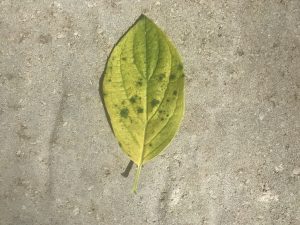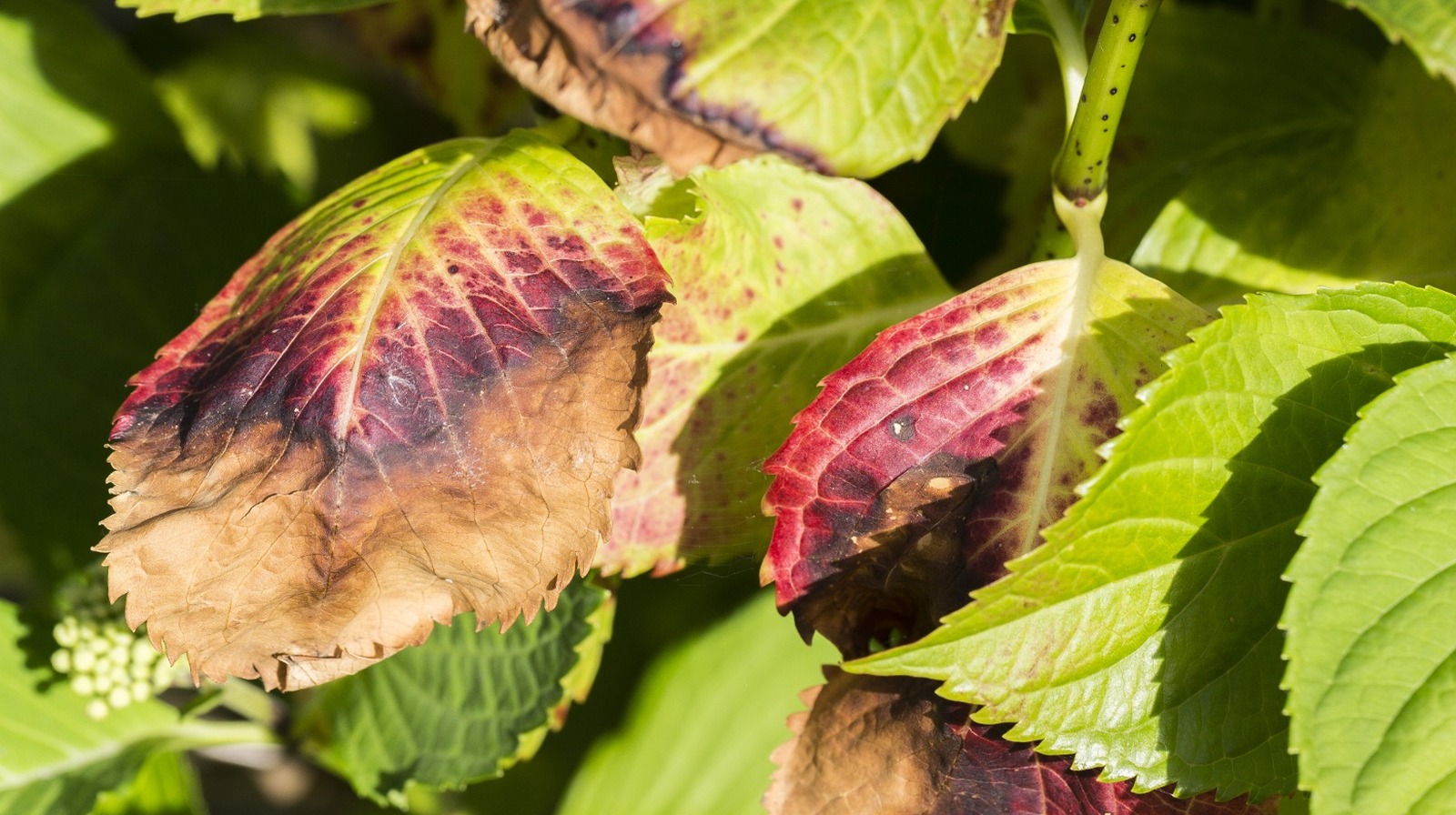The Main Principles Of Hydrangea Leaves Turning Yellow
Table of Contents5 Simple Techniques For Hydrangea Leaves Turning YellowMore About Hydrangea Leaves Turning Yellow5 Easy Facts About Hydrangea Leaves Turning Yellow ExplainedThe Best Strategy To Use For Hydrangea Leaves Turning YellowSome Known Factual Statements About Hydrangea Leaves Turning Yellow More About Hydrangea Leaves Turning YellowNot known Factual Statements About Hydrangea Leaves Turning Yellow Facts About Hydrangea Leaves Turning Yellow Uncovered
You can try to avoid fungal illness by keeping your yards neat and complimentary of particles. Provide your gardens an excellent loss and springtime tidy up and eliminate all leaf litter from the ground, as well as from within the crown of the plant. These fallen leaves that will certainly remain, waiting to assault in the next expanding season.Copper fungicides are, however if they are overused they can come to be hazardous to your plant. Clip the fallen leaves, and eliminate them from the yard.
If they aren't obtaining adequate water, their fallen leaves will brownish. Hydrangeas have a in the noontime sun, and getting better as soon as the sun has actually moved and the plants have time to recover. If this occurs repetitively you might notice brownish and crunchy leaves that are sagging (Hydrangea Leaves Turning Yellow). This is their way of allowing us know that it requires some added wetness.
Some Known Details About Hydrangea Leaves Turning Yellow
!! Water them slowly so the plants can soak up that water. Typically in areas where plants have become dried out, the soil is completely dry and the drainage of water comes to be a trouble.
Established plants might need to be watered one to three times per week, depending on your conditions. It may seem tempting to spray the fallen leaves down.
Water the base of the plant,. As soon as the plant has actually rebounded, you can resume a regular watering routine. Many species and ranges favor partial sunlight. Panicle hydrangeas love full sun, but the remainder of the group actually suches as partial shade. Partial shade gives concerning 4 to six hours of sunlight.
Unknown Facts About Hydrangea Leaves Turning Yellow
The container should be big sufficient so the plant can expand and get all of the water and nutrients it requires. Panicles enjoy the full sun.
So, no matter of the variety, plan in advance and ensure your plant has lots of security from the wind. You have a few alternatives below. You could transplant to a brand-new location, or you could produce a wind obstacle using one more plant, or fence. To develop a wind obstacle you could, or a shrub to block the wind.
Decorative yard, Rose of Sharon, or Holly shrubs are simply a couple of concepts of plants you can make use of to obstruct the wind. Hydrangea Leaves Turning Yellow. If you require to hair transplant, locate a place in your yard that is well shielded from sunlight and wind. Hair transplanting is finest performed in the autumn or the springtime
All about Hydrangea Leaves Turning Yellow
The plants area is the most essential factor when it comes to obtaining recognized and appropriate growth. With a little forethought on growing area and correct maintenance, you'll be able to ensure your hydrangeas!.
So, if Hydrangea leaves turn yellow and diminishes later on, it's normally as a result of overwatering, as the plant can not uptake water and sheds the fallen leaves to reduce off transpiration. Following this, Hydrangea leaves begin to sag and shrivel. Because both conditions official website can develop yellow leaves, you need to detect the difference in between the overwatered and underwatered plant.
You can save the plant from yellow fallen leaves by using it the right light and placement. If your plant obtains yellow fallen leaves, move it to a dark area.
Some Known Questions About Hydrangea Leaves Turning Yellow.
, and temperature alterations can create yellowing fallen leaves and brownish areas. If it obtains as well warm, the edges of the leaves come to be yellow, transform brown and develop a crunchy structure.
Hefty dirt can conveniently obstruct the oxygen supply to the origins and cut the link with the top components of the plant (leaves). Hydrangea leaves transform their shade if they Read More Here find minor hassles in the dirt make-up. This problem can cause the Hydrangea leaves to turn yellow, deal with fallen leave declines, and render a sagging plant compatible overwatering.

Not known Facts About Hydrangea Leaves Turning Yellow
Cutting off aids Hydrangea shade unneeded weight and coverage, allowing the growth of new leaves. The very best time to prune Hydrangeas is springtime when the plant prepares to sprout vegetation for the next season. Evaluate for spent or infected leaves and cut the base of a stalk that joins the fallen leaves and stem.
Avoid cutting healthy and balanced or green fallen leaves, and do not get rid of even more than 25% of the plant's vegetation. Gather the thrown out delegates burn or compost them. The primary factor behind the red fallen leaves in Hydrangea is poor dirt or ecological problems. If Hydrangea leaves weblink have a white powdery material on them, it implies Powdery Mold infection.
Repot the plant every year in springtime or every 2 years if the development price is slow.
The smart Trick of Hydrangea Leaves Turning Yellow That Nobody is Discussing

Each reason affects the plant in a way that can be taken care of if we comprehend how to take care of hydrangeas properly. When we discuss insufficient light for hydrangeas, we suggest that the plant isn't obtaining enough sunlight. Hydrangeas choose brilliant light, however not direct, scorching sun. They typically flourish ideal with early morning sunlight and mid-day shade.
Without adequate sunlight, the fallen leaves can turn yellow, the plant can become weak, and it might produce less flowers. To make certain a hydrangea gets ample light, it needs to be positioned in a spot where it can appreciate the early morning light and be secured from the extreme mid-day sunlight. Overwatering is when a hydrangea plant gets more water than it requires.
Fascination About Hydrangea Leaves Turning Yellow
Yellow leaves may be an indication that the plant is getting also much water. On the various other hand, dehydration occurs when the plant doesn't obtain enough water.
This problem prevails in the fall as the weather condition modifications or if a hydrangea is grown in a spot where it doesn't get enough warmth from the sunlight. It is necessary to understand the ideal conditions for hydrangeas to prevent low-temperature stress and anxiety. For example, most hydrangeas expand ideal in zones 6 to 9, where the environment is milder.
It's vital to recognize that this kind of yellowing is various from the yellowing caused by issues like as well much water or otherwise sufficient light. Therefore, if the yellow fallen leaves are mainly at the base of the plant and the remainder of the plant looks healthy, it could simply suggest that the fallen leaves are simply getting old.